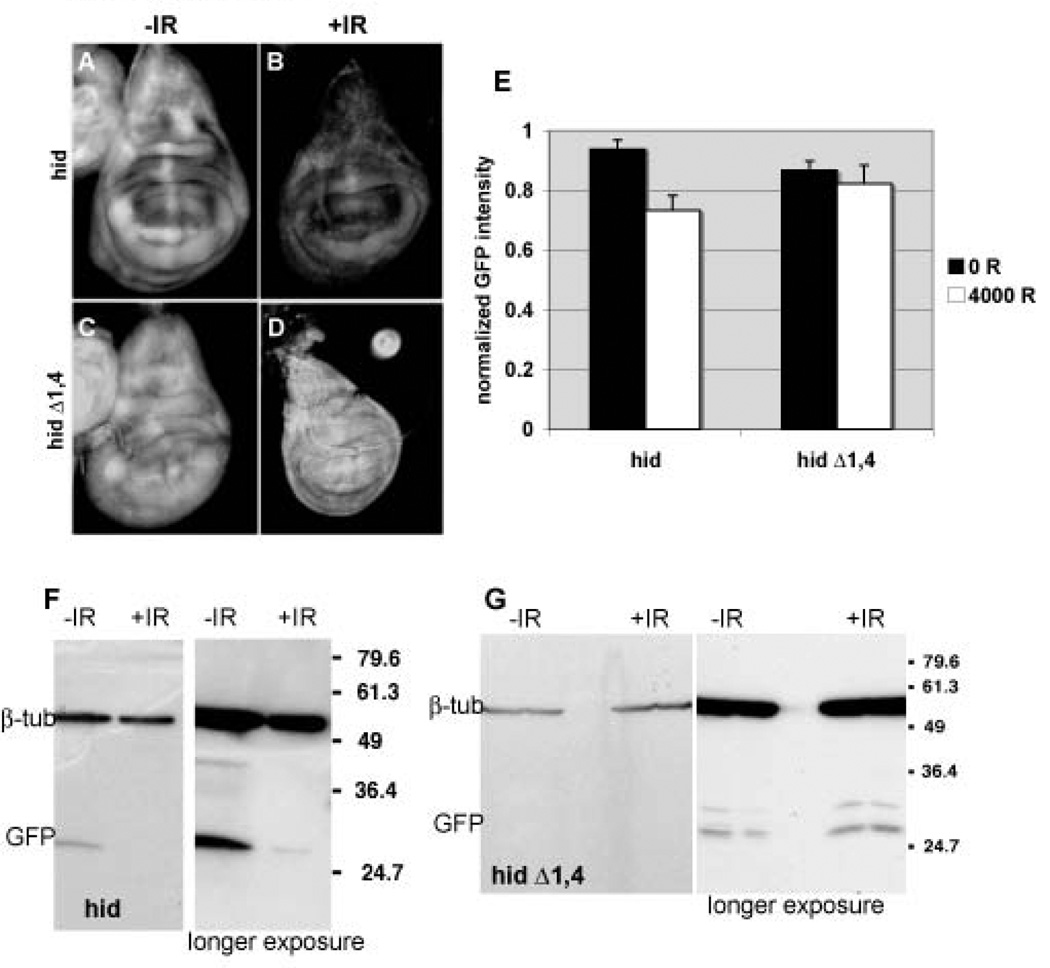FIGURE 7. hid-3’UTR sensor expression is reduced in irradiated imaginal discs.
Wing imaginal discs from control (A,C) and irradiated larvae (B,D) are imaged for EGFP fluorescence 24 hr after irradiation with 4000 R of X-rays. Larvae carry the hid-3’UTR sensor (A,B; ‘hid’) or the hid-3’UTR sensor lacking the two best matching ban target sites (C,D; ‘hid Δ1,4’) in homozygous state.
(E) Mean GFP fluoresence intensity for wing imaginal discs analyzed as described in Fig. 2M, at 24 hr after irradiation with doses shown. The decrease in GFP signal in irradiated discs is significant for the hid-3’UTR sensor (hid) (p=0.0017) but not for the hid-3’UTR sensor lacking two best matching ban target sites (hid Δ1,4) (p=0.82). The data are from 7 (hid, no IR) and 10 (hid, IR), 9 (hid Δ1,4, no IR) and 7 (hid Δ1,4, IR) discs in 3 different experiments. Error bars=1.
(D) The level of EGFP in the above experiment was analyzed by Western blotting of extracts from larval CNS and imaginal discs. A decrease in GFP was detected for the hid-3’UTR sensor (hid) but not for the hid-3’UTR sensor lacking two best matching ban target sites (hid Δ1,4). Duplicate samples were blotted for each condition. The expression of GFP from ‘hid Δ1,4’ is low; the short exposure of the gel is shown for comparisons of the β-tubulin signal and the long exposure is shown for comparison of the GFP signal. Extracts from equivalent number of larvae were loaded and β-tubulin serves as a loading control.

